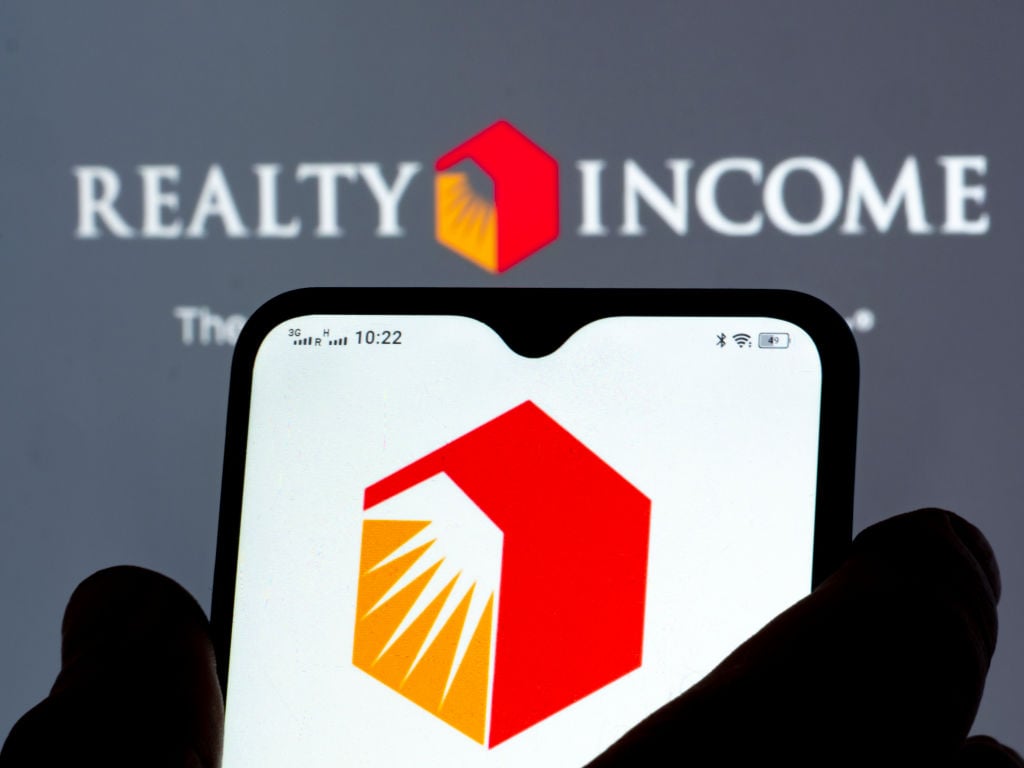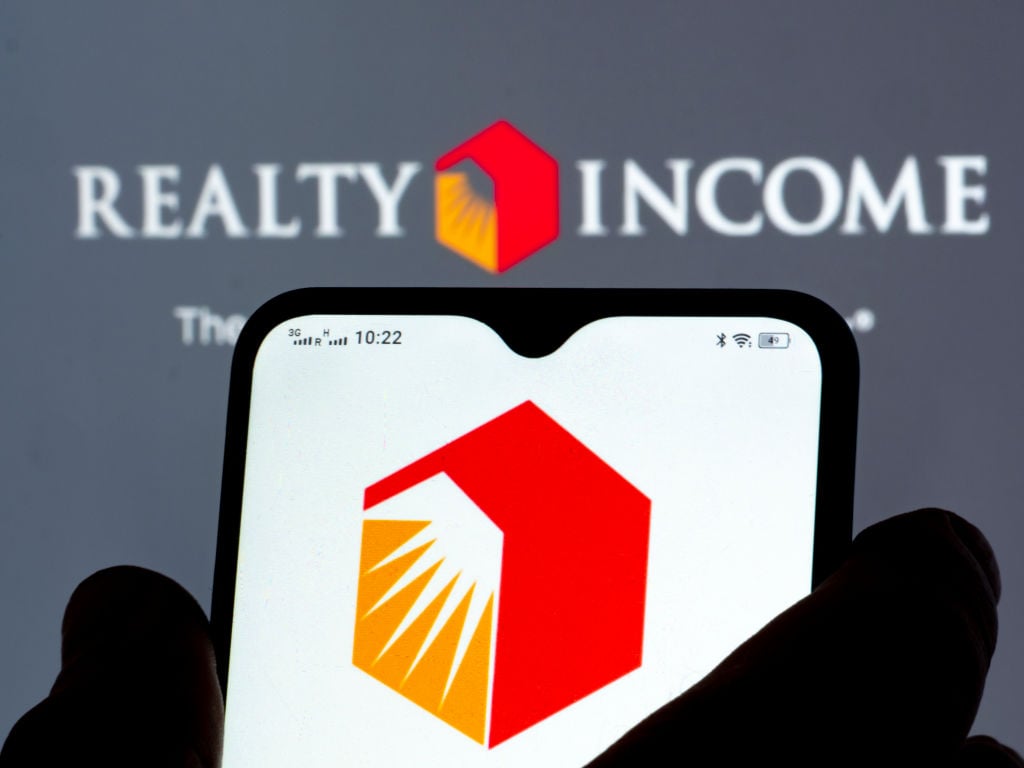Although the stock market has rallied sharply since the tariff-driven lows we saw in mid-April, there are still some compelling investment opportunities. That's especially true when it comes to dividend stocks, as the persistent high-interest-rate environment has served as a negative catalyst for many income-focused stocks.
Real estate investment trusts, or REITs, are one area in particular where there are some attractive opportunities right now. REITs tend to be extremely rate-sensitive, even when their businesses are performing quite well.
Realty Income (O +1.36%) was the first real estate stock I ever bought about 12 years ago, and I've added to my position many times since then. But I'd have to say that I've never thought Realty Income looked like quite as much of a bargain as it does right now.

Image source: Getty Images.
A great business and massive opportunity
Realty Income owns about 15,600 properties, most of which are freestanding retail. There is also a substantial concentration of industrial properties, as well as a few gaming and agricultural properties. Realty Income recently decided to branch out into data centers through a partnership with leading data center REIT Digital Realty Trust (DLR +0.85%).
However, retail is the bulk of the portfolio, making up about three-fourths of the rental income. However, Realty Income's properties have two characteristics that are important to the investment thesis:
- First, most of its retail tenants are recession-resistant, not vulnerable to e-commerce disruptions, or both. Drugstores, convenience stores, warehouse clubs, and restaurants are just a few examples.
- Tenants sign long-term leases that require them to cover taxes, maintenance, and insurance -- the variable costs of property ownership. These leases, known as net leases, have gradual rent increases built in.
It's also important to point out that although Realty Income is one of the largest real estate investment trusts, it still has tons of room to grow. The company has a roughly $50 billion market cap but estimates that its addressable market of properties is about $5.5 trillion in the United States alone. If you include Europe, where Realty Income has been actively expanding and where very few properties are REIT-owned, the market of potential real estate is about $14 trillion in size.
It won't get it all, but the point is that there's still plenty of room to scale the business. I mentioned European expansion is still early. So is Realty Income's push into gaming and data center real estate.
A wonderful entry point to a proven winner
Realty Income has averaged a 13.6% annual total return since listing on the New York Stock Exchange in 1994. But its performance hasn't exactly come in a straight line. In fact, over the past five and 10-year periods, Realty Income has notably underperformed the S&P 500. Over the past decade, Realty Income has produced a 93% total return, while the S&P 500 has returned 236% for investors.

NYSE: O
Key Data Points
However, it's important to consider what the environment has been like over the past decade. We've had two periods of rising interest rates (2015-2018 and 2022-2023), which are generally negative catalysts for REITs. Even after a few rate cuts in 2024, the current federal funds rate is still more than 400 basis points higher than it was a decade ago. We've also experienced a global pandemic that lowered rates but also rendered many retail tenants unable to operate for some time.
However, if we zoom out and look at a greater variety of interest rate environments, it's a different story. Over the past 25 years, Realty Income has generated a 2,010% total return, about three times that of the S&P 500.
Realty Income's 5.8% dividend yield is close to the highest since the financial crisis era, and the stock trades for less than 13 times expected 2025 funds from operations (FFO), the REIT version of "earnings." With a stellar record of capital allocation and large opportunity ahead of it, now could be a great time to buy it at a historical discount. After all, to find a time when Realty Income traded as such a low price-to-FFO ratio, aside from a very short period in late 2023 when rates were spiking, you'd have to go back to 2008-09.






